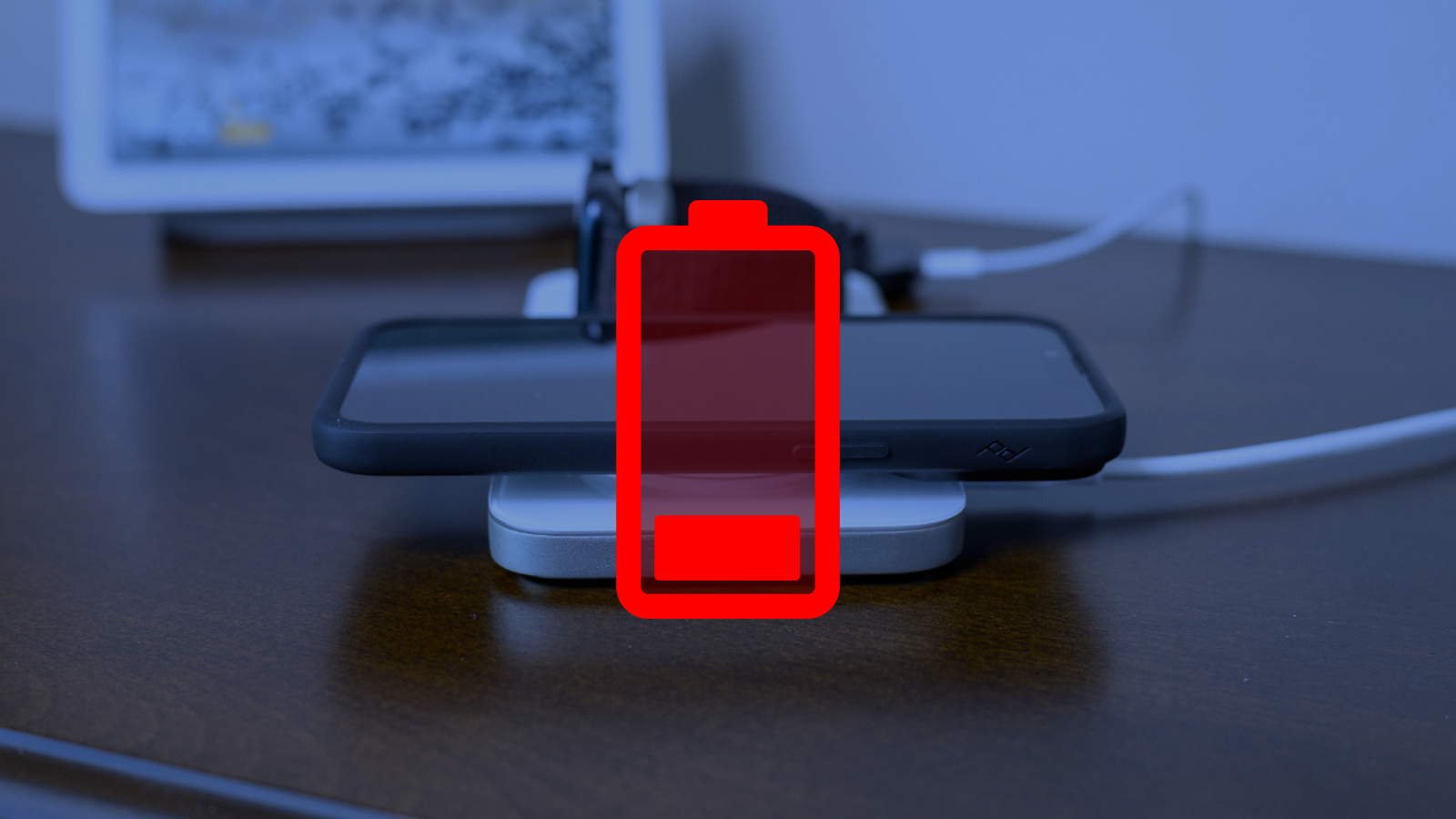However, one thing has mostly remained the same—charging your phone every day.
Why hasn’t battery life gotten better along with everything else?
Related:Is Charging Your Phone All Night Bad For the Battery?

Justin Duino / How-To Geek
Why Is Smartphone Battery Life Still Bad?
You could make a pretty solid argument that battery life has actually gotten worse.
Before smartphones, cell phones could last for multiple days on a charge.
Of course, smartphones are much more advanced than those devices, but shouldn’t batteries be advancing too?
The truth is that battery life for most smartphones is pretty bad.
So what’s going on here?
It’s actually pretty simple when you get right down to it.
Smartphones have gotten better faster than batteries have.
Internal components are shrinking, which makes room for bigger batteries.
That’s still the best answer we have for improving battery life—throwing more mAh at the problem.
Sadly, the batteries found in smartphones today are still based on technology from the 1990s.
There were big advancements in battery technology between the 80s and 90s, but things have stagnated since then.
We’ve essentially reached the limit of what we can squeeze out of lithium cobalt batteries.
Will Batteries Ever Get Better?
The big question is: Will we ever get out of this rut?
Everyone is waiting for the next big advancement in battery technology, but it never seems to come.
There are a couple of things on the horizon to look forward to.
The first is called “stacked batteries,” and Samsung is reportedlyplanning to mass-produce them in the future.
Don’t get your hopes up too much, though.
Stacked batteries only increase capacity by around 10%.
A phone with a 5,000mAh battery could fit 5,500mAh with stacked battery technology.
We also don’t know when Samsung will actually start implementing this tech—if it ever happens.
Related:What Is A Solid-State Battery and Will They Solve Our Battery Life Problems?
Solid-state batteriesare another technology that could be a solution.
Conventional batteries have two metal electrodes in a liquid electrolyte substance.
Ionic particles move between the electrodes when charging and discharging.
As the name implies, solid-state batteries are, well, solid.
The liquid electrolyte is replaced with a solid piece of metal or alloy.
The electrodes and electrolyte can be compressed into layers that can be flatter than a typical liquid-based battery.
That means more capacity in the same size package.
A much bigger deal in the world of battery technology isGraphene.
Graphene is a one-atom-thick crystalline lattice of graphite.
Graphene batteries would offer 60% more capacity than lithium-ion batteries in the same size.
Related:What Is a Graphene Battery, and How Will It Transform Tech?
Sounds great, right?
Indeed, Graphene is an incredible material, but there are some big roadblocks.
Graphene is very difficult and expensive to mass produce.
It’s not feasible to make a smartphone with a Graphene battery.
Smartphones are simply advancing at a much higher rate than batteries.
It’s likely our phones will demand even more power by the time the next big battery breakthrough occurs.
Don’t expect to change your nightly charging routine any time soon.